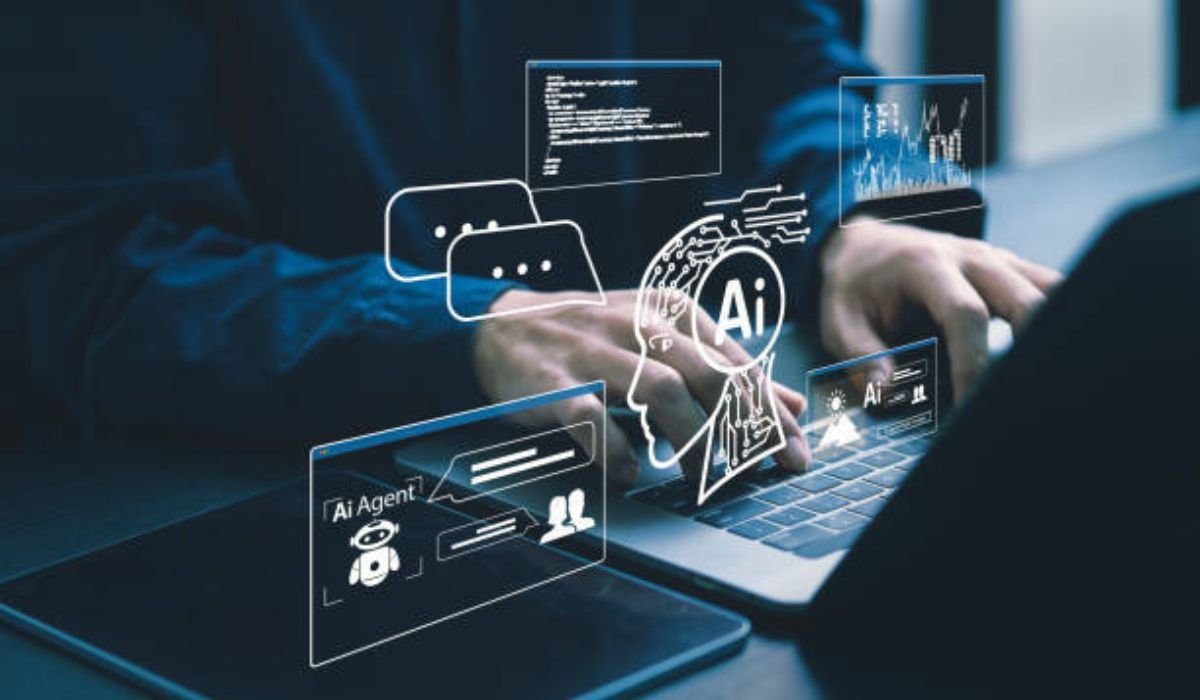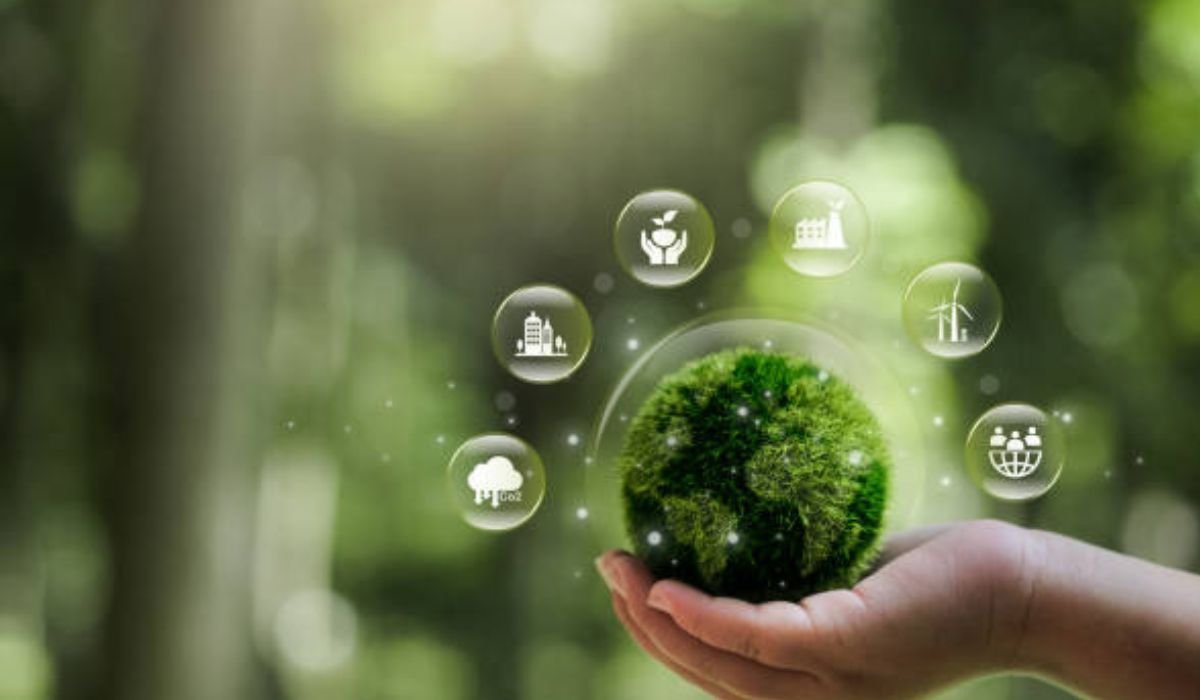As artificial intelligence advances rapidly, lip-sync animation generator tools have emerged as powerful assets in media, entertainment, and communication. These tools can create highly realistic mouth movements that match audio, often indistinguishable from genuine footage. While the technology opens doors to incredible innovations in content creation, it also raises a host of ethical concerns that society must address.
The Rise of Lip-Sync Animation Generators
The progressively available lip-sync animation generator software aids anyone in video editing by manipulating the lip synchronizations to the voice of any speaker. These tools which were primarily created to facilitate dubbing in film and animation and enhance virtual avatar communication, have now become useful in various sectors including marketing, education, gaming, and social media.
But the very realism that makes these tools so astonishing also comes with a risk. As realistic as lip-sync animation generator technology is, it can be misused for manipulating videos to plant false information or to impersonate persons without their consent.
Deepfakes and Misinformation
The most important ethical issue is the activity of creating deepfakes which are videos that present an individual as if they are performing some action that they really didn’t. In such cases, lip-sync animation generator technologies lend their function to bad actors who create realistic content that copies or even individuals.
Can you imagine if a politician appeared on a video, making some false accusations that later could change the public opinion against him or cause some conflict? The fact that the video is proved wrong in the end doesn’t matter at all because the reputation, or public trust, is by that time already damaged. Realism, by the provision of lip-sync animation generator tools, makes it hard for the observers to tell the difference between actual footage and manipulated content.
Consent and Digital Identity
Another ethical problem is the one that relates to consent. With a virtual video made from a lip-sync animation generator, will the person that got his own likeness used be aware of it? Will they give their consent to such an act? These questions are very important because as the content generated by AI gets harder to detect, this problem will keep on increasing.
Using someone’s face or voice without their permission violates their privacy and freedom. Celebs and influencers often face the issue, but an ordinary person may also be a sufferer as they can be depicted in AI-generated videos for some gain or harm. The law concerning image rights is still in the process of development, despite the fact that this is a technology that is changing rapidly.
Intellectual Property and Creative Ownership
Lip-sync animation generator tools are increasingly being linked to the subject of intellectual property. If an AI creates a performance using an actor’s likeness and voice, who owns that performance? The original actor, the software developer, or the inputting person?
This poses a conflict in the areas of creativity wherein actors and voice sound engineers have to deal with the fact that their performances are sometimes reapplied or altered for no pay. When there are no legal principles that are clear, the ones that are making actions and the ones that are acting could lose the ability to guide how their persona and voice are used in the media in the future.
Impact on Trust in Media
The broad utilization of lip-sync animation generator tools also holds the power to diminish trust in the video content. As the manipulated videos are weathered with increasing, the truthful recordings may be doubted by the needed audience. The reach of that could be either a twist for news organizations or a causing movement for courts to adjudicate based on video footage.
The media should embed trust through the systems and the quality for the distinguishing of the AI generated content. Perhaps, the traditional watermarks and metadata tags or a statement apart from the standard disclosure shall be the needed tools to differentiate the real one from the synthesized videos.
Balancing Innovation with Responsibility
Despite the challenges, the lip-sync animation generator tools have a huge potential of good applications. The technology facilitates people with disabilities and influences the provision of entertainment for different communities. Nonetheless, such power is taxing.
It is dire that the developers, content creators, and policymakers join hands to evolve ethical standards as a guide in taking such actions. Openness, agreement, and accountability should be set as the priorities, which ensure that the lip-sync animation generator tools are used in a manner that is both ethical and protective of the individual’s rights as well as the public trust.
Conclusion
The realistic lip-sync animation generator technology entails the opportunity of creative potential but it also raises weighty ethical issues. The issues range from the likes of deepfakes and misinformation to consent and ownership and thus the society must tread carefully through these challenges. Going forward, it is the right innovation and regulation that will ensure this impactful technology is employed for ethical causes and majorly for the good of man.
YOU MAY ALSO LIKE: Top Benefits of Using an Online Video Translator for Global Content











